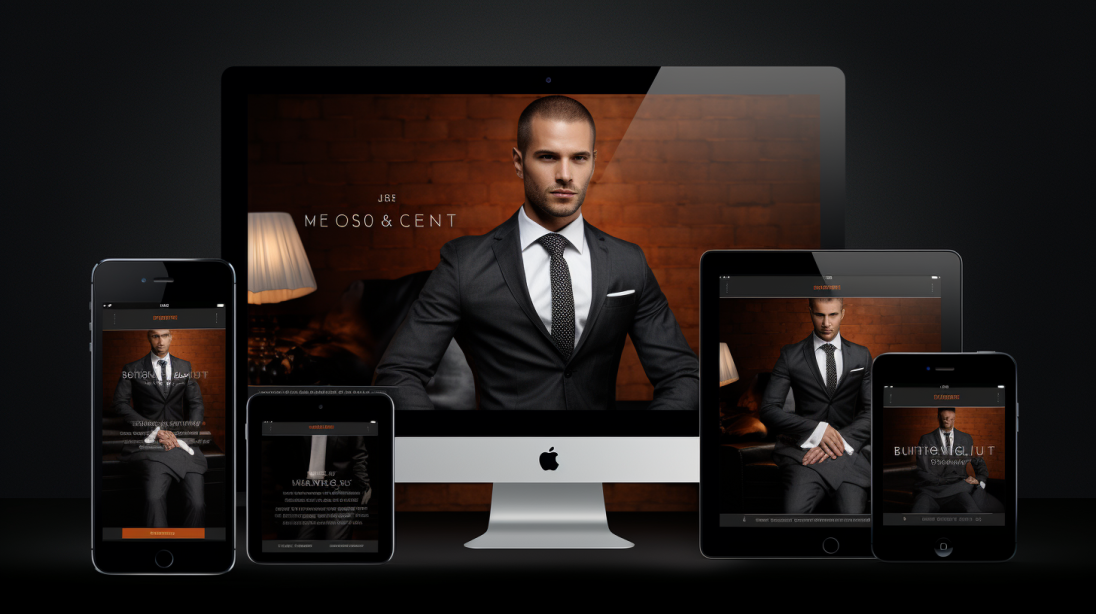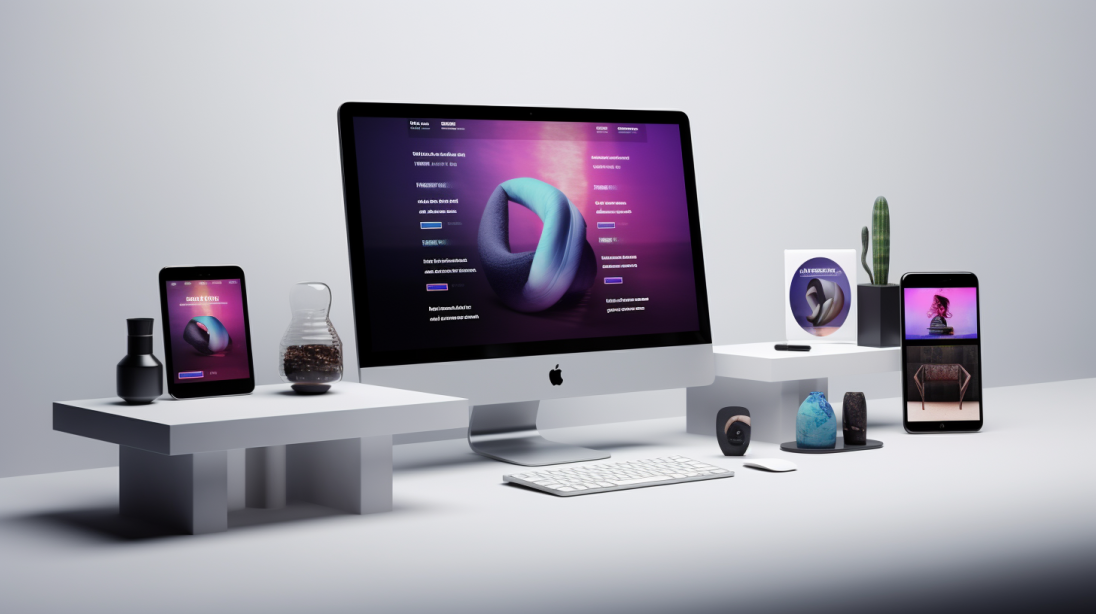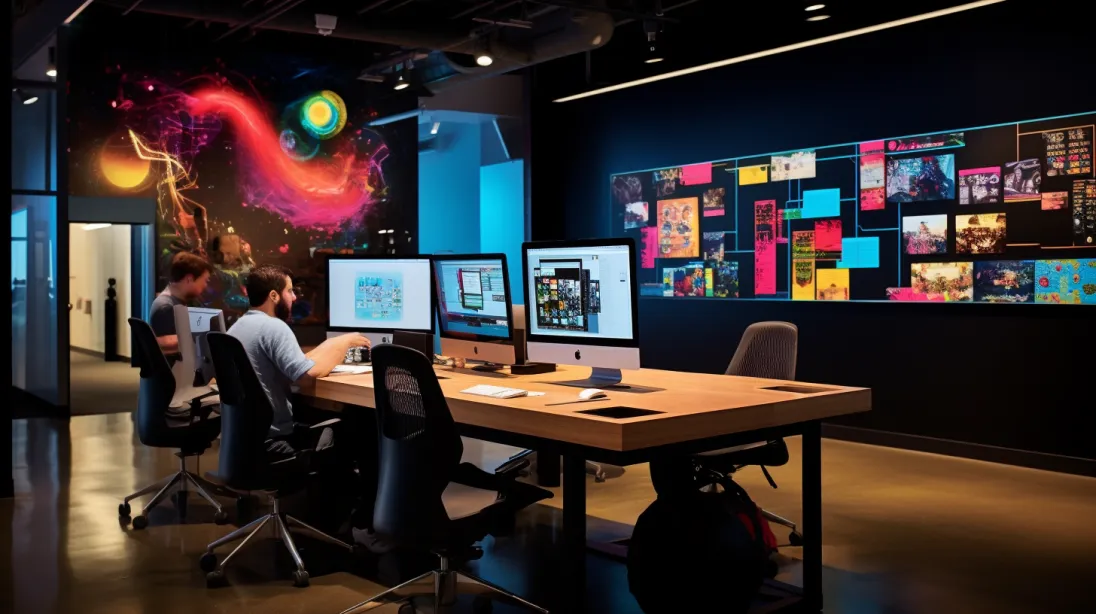Introduction: The Pivotal Role of Web Design
In the dynamic digital landscape, the role of web design in shaping user experiences and influencing conversion rates cannot be understated. Beyond aesthetics, a meticulously crafted web design serves as a pivotal tool for businesses, creating first impressions, establishing brand identity, and ultimately, converting casual visitors into committed customers. Let’s delve into how innovative web designs have silently been enhancing conversion rates through revealing current trends.
Harnessing the Power of First Impressions
The Critical First Few Seconds
User’s decision-making is heavily influenced within the first few seconds upon landing on a website. A visually appealing, clean, and intuitive design not only retains visitor attention but also subconsciously communicates reliability and professionalism, encouraging further interaction and exploration into what the brand has to offer.
Visual Hierarchy and CTA Placement
Strategic visual hierarchy directs a visitor’s eyes to critical elements, such as Call to Actions (CTAs), that subtly guide them along the customer journey. Employing contrasting colors, distinctive buttons, and compelling text, stellar web designs optimize CTA placements, making them irresistible and boosting click-through rates.
Crafting an Intuitive User Experience (UX)
Seamless Navigation
Ensuring that a website is easily navigable with clear menus, straightforward layouts, and logical flow enhances user experience, reducing bounce rates and fostering visitor engagement. A streamlined path from discovery to conversion can directly augment conversion rates by minimizing user frustration and confusion.
Mobile-Optimization: A Non-Negotiable
With the prevalent use of mobile devices, ensuring websites are mobile-optimized is imperative. Designs that adapt seamlessly across all device types and screen sizes cater to a wider audience, preventing potential customer loss due to incompatibility and ensuring the brand message is consistently delivered.
Building Trust Through Design
Authentic Imagery and Consistency
Utilizing authentic imagery and maintaining a consistent design throughout establish a genuine connection with the audience. Cohesive color schemes, typography, and imagery across all pages not only enhance brand recognition but also build trust, which is crucial for conversion.
Transparency and Accessibility
Transparently displaying critical information, such as contact details, and providing accessible communication channels, enhance a brand’s reliability. Accessibility features, like screen reader compatibility and easy font readability, ensure inclusivity, broadening the potential customer base and enhancing brand reputation.
Leveraging Social Proof and Testimonials
Incorporating customer testimonials and reviews within the design strategy acts as social proof, influencing new visitors and assuring them of the brand’s credibility and quality. Showcasing success stories, client logos, and positive feedback can significantly bolster a brand’s authenticity and in turn, enhance conversion rates.
Incorporating Interactive Elements
Engaging Micro-Interactions
Utilizing micro-interactions, such as hover effects and smooth transitions, not only creates an engaging user interface but also enhances user experience by providing feedback, guiding tasks, and adding an element of fun to the interaction.
Virtual Assistants and Chatbots
Implementing chatbots or virtual assistants that provide immediate responses to user queries enhances customer service, offering assistance and potentially guiding users to conversion in real-time.
Harnessing the Power of Analytics
Data-Driven Design Decisions
Leveraging analytics to understand user behavior and employing these insights to refine web design ensures that it remains user-centric and optimized for conversion.
A/B Testing for Continuous Improvement
Engaging in consistent A/B testing of design elements, such as CTA buttons and landing pages, enables brands to understand what resonates with their audience and refine their designs for maximum conversion impact.
Conclusion: Meticulously Crafting the Future of Web Design
In the realm where digital experiences are pivotal, stellar web designs play a silent yet paramount role in enhancing conversion rates. From crafting the first impression to guiding the user through a seamless, intuitive, and engaging journey, web design trends of 2023 magnify the user at the center of design philosophies, recognizing the profound impact of every micro-interaction on conversion rates. The evolution in web design is not just a testament to technological advancements but also a reflection of an enhanced understanding of user behavior, preferences, and expectations in the digital age.



